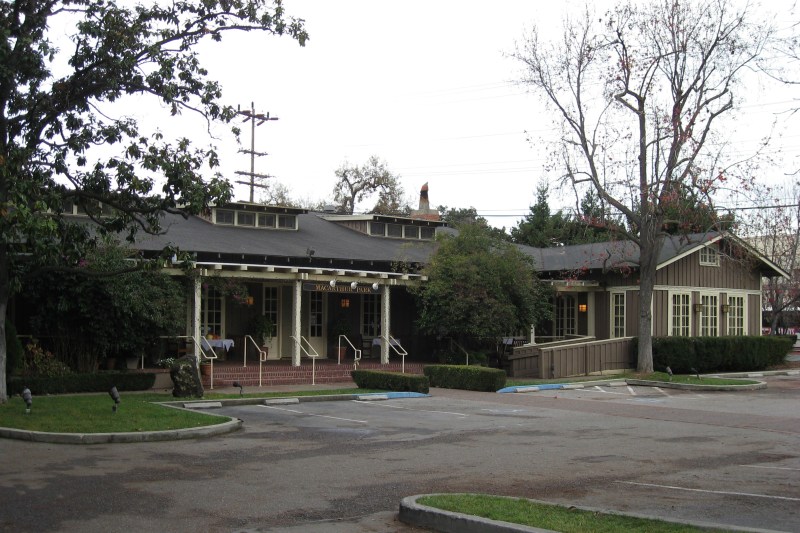For the past three years, Sen. Scott Wiener (D-CA) has pushed Senate Bill 50, the California More HOMES Act, as a remedy for the increasingly dire housing shortage in the Bay Area. SB 50 would require cities in highly populated counties to rezone areas for denser housing near transit centers, swapping detached single-family housing zones for tri- and four-plex housing zones. In other words, SB 50 would allow developers to bypass some local restrictions on building, allowing developers to build more, higher-density housing near high-frequency bus stops and train stations.
Consulting firm McKinsey & Company estimates that California’s current housing infrastructure is 2 to 3.5 million housing units short of its population. The state ranks 49th in housing units per capita, behind only Utah, driving housing prices sky-high. In November, Golden State Warriors backup guard Ky Bowman made headlines for being unable to afford an apartment in SF despite carving out a sizable role in the Warriors’ rotation.
The housing crisis has made waves in numerous facets of daily life for residents of Santa Clara County, from the shuttering of three elementary schools in the Ravenswood School District to the recent adoption of a safe overnight parking program to the projected loss of a seat in the House of Representatives for the state of California.
SB 50 was first introduced in October 2018 before being the target of a pocket veto that delayed its discussion in the Senate until the 2020 legislative season. The bill traces its ancestry to the 15 housing bills then-Gov. Jerry Brown passed in 2017. For some time, however, the bill has been hotly debated by a number of prominent figures in the field.
“California has a real housing crisis, and there are so many sustainability reasons why we would want to grow more compactly,” said Dr. Dehan Glanz, an urban design consultant and urban studies Stanford lecturer. “I feel like anybody who’s involved in any of the so-called ‘built environment disciplines’ has been tracking [SB 50] for some time now.”
Homeowners and county governments have pushed back significantly against the bill, largely due to concerns of the state making decisions that should be left to cities and local communities, gentrification of culturally rich neighborhoods and displacement of at-risk communities. San Francisco–based group Livable California argues that SB 50 would “disrupt existing and thriving low-income communities” and characterizes the bill as “allowing luxury apartments on most residential streets.”
According to Stanford urban studies lecturer Dr. Deland Chan, “Communities of color, minorities who have not had resources to begin with … they’re concerned about losing their economic livelihoods and their connections.”
Some doubt whether the bill would be able to do all it claims to, citing a 2019 study published in Urban Affairs Review which found that, after Chicago rezoned for higher-density development near transit, housing prices increased while housing production did not.
“Where people disagree is whether the tool at hand is just too blunt,” Chan said. “We really need to be careful about all the details to make sure that we’re not making communities that are already vulnerable even more vulnerable.”
Still, proponents of the bill argue that it is an exciting step in the right direction. The Atlantic calls SB 50 “the most economically transformative legislation of the Trump Era,” claiming that the bill will make housing more plentiful and therefore cheaper. Apologists for the bill make a distinction in the bill’s language, pointing out the SB 50 does not force cities to transform single-family neighborhoods into townhouses and condominiums; instead, it lowers existing barriers for developers to build higher-density housing.
In addition, the bill’s 2020 iteration is updated with local governments in mind such that cities can choose within two years to either accept the default upzoning outlined in SB 50 or develop a customized “local flexibility plan” that creates comparable results based on certain measures of fair-housing and transit. Such a flexibility plan would have to be approved by the California housing department before implementation; if it fails to be approved, the default plan would be applied.
No matter which side various stakeholders hold, all agree that SB 50 is a significant turning point for the state of California. Glanz expressed tempered optimism toward the legislation as a first step, saying, “We’re going to have to make adjustments — it’s complicated to make a first stab, and stuff’s going to go wrong, but we have to start somewhere.”
Contact Jonathan Ko at jonathanko ‘at’ stanford.edu.
